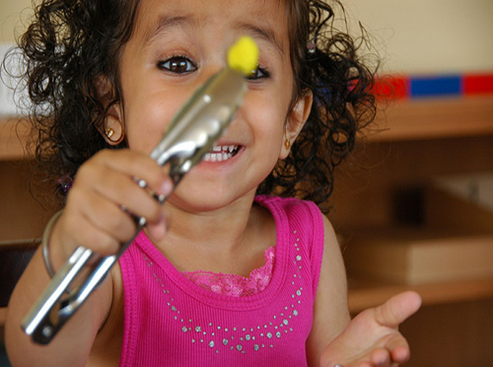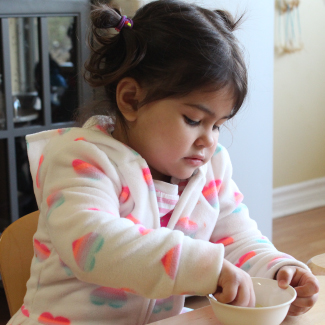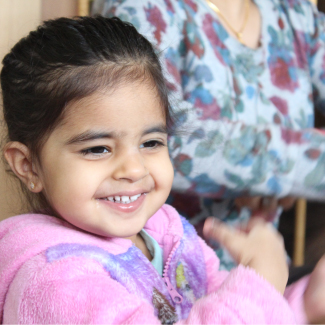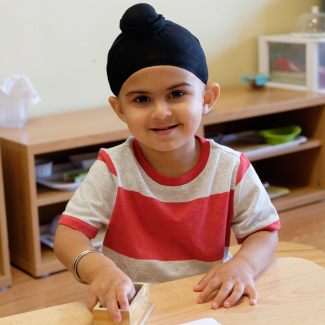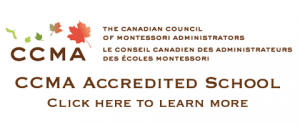✨ KMSchool CASA Program
For Ages 3 years – 6 years (Preschool to Senior Kindergarten)
CASA is a bright and beautiful prepared environment designed to support whole-child development in children aged 3 to 6 years. This vibrant space feels more like a children’s home than a traditional classroom. The key areas in CASA include practical life, sensorial, math, language, and geography/nature. There is also a library, a kitchen, and child-friendly washrooms.
Core Areas of Learning
Practical Life
This is one of the most important areas of the CASA classroom and the first area explored by a young child entering the environment. Practical life activities are inspired by real-life tasks children observe at home — such as pouring, laundry washing, ironing, polishing, scrubbing, and baking.
These activities help children feel a sense of belonging and purpose. They develop self-esteem, confidence, coordination, concentration, independence, and responsibility. Practical life work also lays the foundation for math and logic by fostering order and reasoning through everyday tasks.
Sensorial
Sensorial activities are specifically designed to refine the child’s senses — visual, tactile, olfactory, gustatory, auditory, and other complex senses. Each material isolates a single sense to help children focus and learn through direct experience.
Examples include:
- Tasting bottles (gustatory)
- Sound cylinders (auditory)
- Pink tower (visual perception)
These materials allow children to explore their senses and develop a deeper understanding of the world through touch, smell, sound, taste, and sight.
Language
The language area offers a variety of materials to inspire a love for reading and writing. Children begin with spoken language and classified cards, engaging with a rich and diverse vocabulary. They interact with one another, sharing new words related to art, musical instruments, animals, and countries.
Children are introduced to:
- Sandpaper letters – tracing cursive letters while saying their sounds.
- Moveable alphabet – forming words before writing on paper.
- Metal insets – strengthening hand and wrist muscles in preparation for writing.
By the time children start writing with pencils on lined paper, they have developed the stamina and coordination to write with ease and enjoyment. The language curriculum follows a clear progression — from sounds to words, from phonetic reading to reading books and beyond.
Math
Montessori math moves from concrete to abstract understanding. Children first recognize numbers through physical, hands-on materials before being introduced to written symbols. For example, they physically experience that 3 is smaller than 7 before learning the corresponding numerals.
Children are introduced to:
- Numbers to ten
- Teens and tens
- Decimal system
- Simple fractions
- Formation of four-digit numbers
- Basic operations (addition, subtraction, etc.)
All concepts are presented using concrete materials that bring math to life and support a solid conceptual foundation for future learning.

